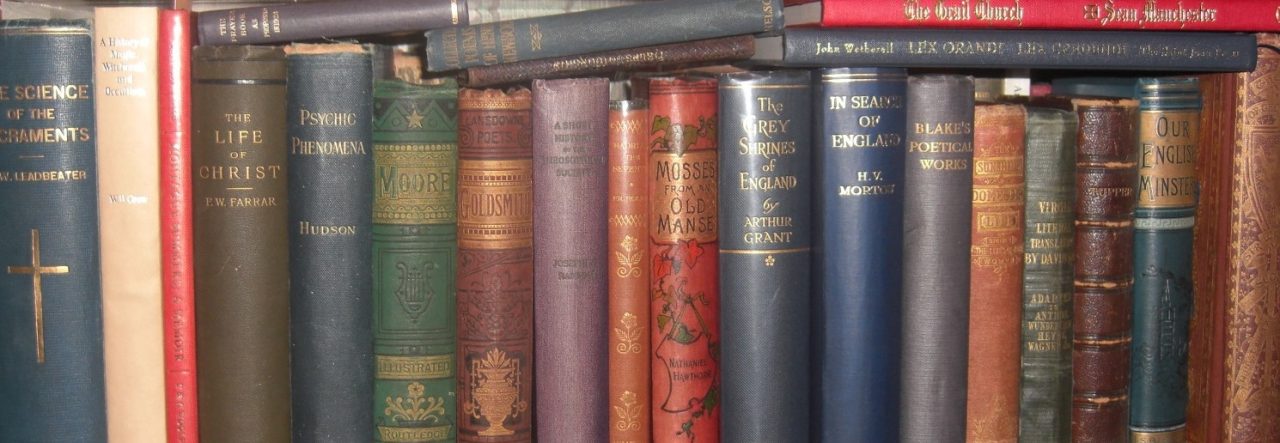The use of distinctive ties to establish an institutional association is a notable element of British culture, having begun at Cambridge in the nineteenth-century. In respect of our schools, colleges and universities, ties form a part of academic dress.
Today, many educational institutions continue to prescribe one or more ties that may be worn by those who have attended them, or in some cases also by former staff and other associated persons. The Royal College of Music, which I attended as a student and was later associated with as a Junior Fellow, was formerly among these.
During my time at the RCM I carried out some research into the ties that had been prescribed in the past. In the RCM Magazine of 1929 (Vol.3 no. 23) reference is made to badges, ties and blazers in the colours of the RCM Union. The RCM Union comprised the current students and staff, alumni and former staff of the RCM, being formed in 1906 and maintained by annual subscription.

No surviving examples of the tie were known to exist, and therefore I embarked upon a project to reconstruct it, enlisting the help and advice of a doyen of institutional ties, the late Tom Clegg of Benson and Clegg in the Piccadilly Arcade. The royal blue referred to is likely to have been the same shade as is used in the hood of the Associateship of the RCM. Traditionally, royal blue is a deep, dark blue rather than the lighter colour that is more usual these days (and that is also used by the RCM, for example in the former D.Mus.R.C.M. robe and the pre-1998 M.Mus.R.C.M. hood).

The ARCM hood, showing the dark traditional shade of royal blue used by the RCM. This shade is also used in the FRCM hood and in the Director’s robe.

RCM tie after the 1929 specification as made by Benson and Clegg in non-crease silk. This is a most pleasing and distinctive tie and it is difficult to understand why it was discontinued.
In the same RCM magazine of 1929 there is reference to the Union Badge, which had been produced by Mr George Kruger Gray, FSA, some time previously, and which was accompanied by the motto “The Letter killeth, but the Spirit giveth life”.

By the 1970s, a new tie had appeared, bearing the same crest that had been designed for the RCM Union. This was often to be seen worn by Sir David Willcocks as Director of the RCM as well as by staff and students.

To mark the RCM’s Centenary in 1982 a further tie had been introduced. It was described as “plain navy blue with a gold musical motif surrounding the Prince of Wales’ feathers (the motif used on RCM cheques in 1882)”. It was available in silk for £8.50 or polyester for £4.50.



It can be seen that the design that appeared on the cover of the RCM Magazine at that time used several of the same elements:

During my time at the RCM between 1987 and 1998, both of these ties were worn proudly by a number of students and staff (many of the staff at that time were RCM alumni). The crested tie was also worn by the Prince of Wales on his visits to the RCM as President during the 1990s.

The Prince of Wales (now King Charles III) wearing the RCM crested tie and the robes of the D.Mus.R.C.M. These robes use the lighter, more modern shade of royal blue discussed above.

The former RCM scarf also used the crested device and again combines the RCM colours of (lighter) royal blue and gold.
As of 1991, the RCM Union was described as comprising “past students, the teaching and administrative staffs of the College, all members of the Students’ Association and others whom the Committee decide to elect.” Several persons were elected to honorary membership during its history. The RCM Union was abolished in 1992 and replaced by the RCM Society which initially had the same membership composition and aims as the RCM Union, but was converted to a non-subscription model in 2001 and abolished altogether in 2009.
Ties were still available from the RCM until the mid-1990s, but when their stock ran out it was not replenished, and provision appears to have ceased altogether in the late 1990s. While the Prince of Wales continued to wear his RCM crested tie on his visits in his capacity as the RCM’s President for some years, more recent photographs on the RCM website suggest that he ceased to do so in the present century.
Given the extensive and indeed iconoclastic changes that attended the RCM in the last years of the last century, it is perhaps unsurprising that there should have been no place in the new-look institution for an institutional tie. As one who was a part of the RCM before its present incarnation, however (and as a former member of both the RCM Union and RCM Society), I continue to wear the ties above with an awareness that they recall the values of the College as they were then, which values in my view are well worth perpetuating.
Royal Collegian Jonathan Mann informs me that there was in fact a move to reintroduce a RCM tie as a result of alumni suggestions as part of the RCM’s More Music Appeal around 2018. It appears that a few prototypes of this splendid new design were issued, but in the event, it was abandoned without being put into production.

As a postscript, it seems that the subject of RCM ties is not quite exhausted. In the present century the American designer Ralph Lauren produced a tie for his Purple Label that is based on the crest of the RCM and achieves an effect that is both dignified and attractive. Albeit unofficially, this tie nevertheless provides a worthy example of what might, and perhaps should, have been.


